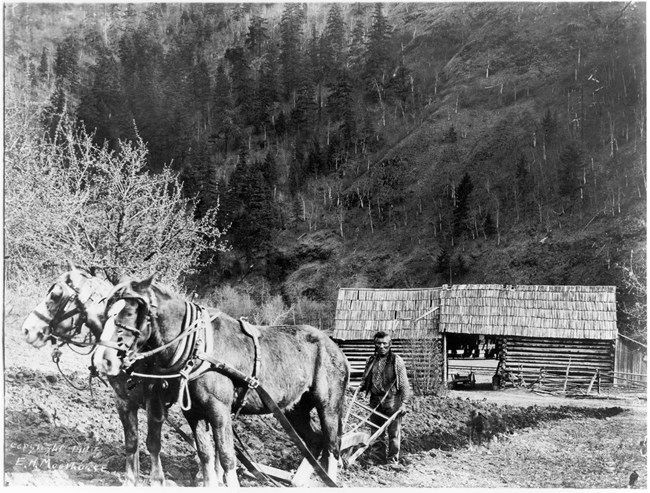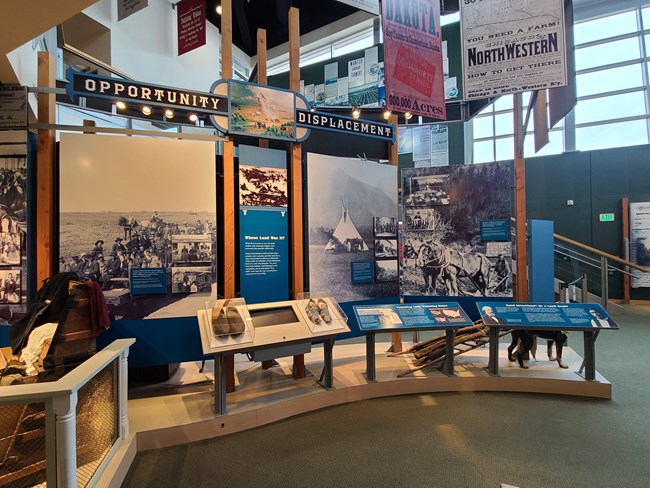To settlers, immigrants, and homesteaders, the West was empty land. To Native Americans, it was home.Conflicts between Europeans and Native Americans were a problem long before the Homestead Act was passed in 1862. Treaties and laws like the Indian Appropriations Act of 1851 had pushed many Native Americans to reservations in the West. Homesteading added another layer to this already tense situation.
Visit our keyboard shortcuts docs for details
Land laws including the Homestead Act of 1862 impacted the lives of Native Americans across the United States. The struggle to maintain cultural identity and connections to the land still resonates today. Effects of the Homestead Act on Native AmericansThe Homestead Act of 1862 granted land claims in thirty states. These areas were the traditional or treaty lands of many Native American tribes.

The Oregon Historical Society/E.H. Moorhouse The Dawes Act and HomesteadingSenator Henry Dawes of Massachusetts argued that Native Americans would prosper if they owned family farms. His 1887 Dawes Act carved Indian reservations into 160-acre allotments. This allowed the federal government to break up tribal lands further. Only those families who accepted an allotment of land could become US citizens. "Some citizens of the United States have title to land that was given to my fathers and my people by the government. If it was given to me, what right has the United States to take it from me without first asking my consent?" - Chitto Harjo, Creek Indian Native American lands decreased significantly under the Dawes Act. Reservation lands went from 138 million acres in 1887 to 48 million acres in 1934! That is a loss of 65 percent, before the Dawes Act was repealed. Interpretation of the Homesteading StoryThe interpretation of this story is not static. This is a complex story that varies in every state and with every tribe. New research continues to be conducted about the relationship between the Homestead Act and Native American land dispossession.

NPS Photo At Homestead National Historical Park, visitors learn about many aspects of homesteading story. An exhibit titled "Opportunity and Displacement" discusses how land laws affected Native Americans. Consultations with Native Americans helped to create this exhibit at the Heritage Center. The park film "Land of Dreams" includes stories from indigenous peoples. The film highlights perspectives of Native Americans and descendants of homesteaders. |
Last updated: September 17, 2024
